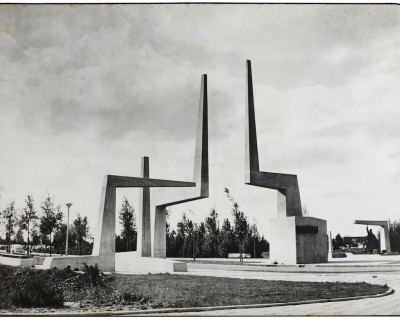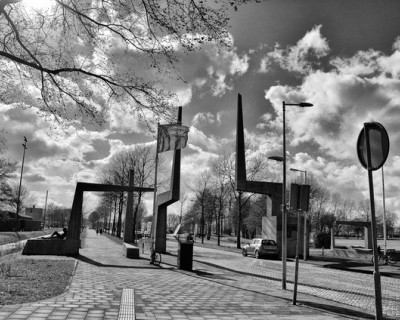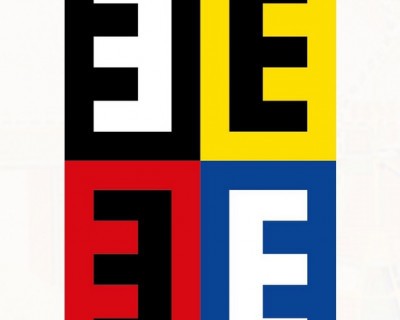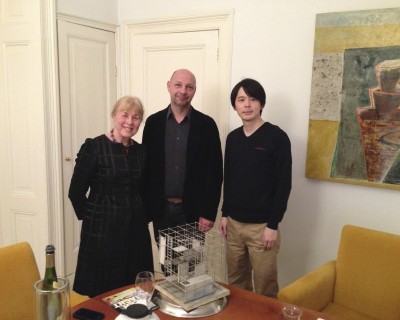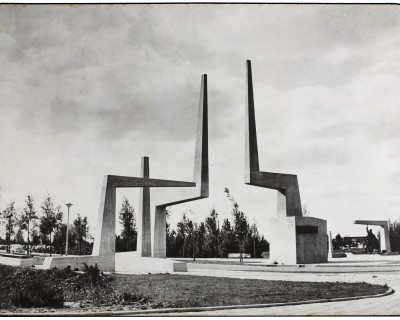Constant's Gate Receives Status of Municipal Monument
On January 16, 2024, the municipality of Amsterdam has officially given Constant’s Gate (De Poort van Constant) the status of municipal monument. The sculpture, designed by Constant between 1962 and 1963 stands at the entrance of Sports Park Ookmeer, a sports facility in the Amsterdam district of Nieuw-West. It was decided that the sculpture would receive its monument status for its high artistic as well as urban value.
Read the article: Erfgoed van de Week
History
At a height of thirteen metres, Constant’s Gate stands tall and recognisable from a distance. Constant was commissioned by the director of Public Works of the municipality of Amsterdam, who requested a gate for the public sports facility that would determine the entrance, as well as as a sign visible from far away. For Constant, it was important that the gate would also serve as a meeting point for visitors and as a place where they could rest between exercise in nature and their life in the city. The sculpture is therefore surrounded by some benches and low walls.
For the decision on the monument status, the executive board of the district of Nieuw-West followed the advice of the subcommittee Appointment of Monuments of the Spatial Quality Committee (CRK), which recommended that Constant’s Gate be designated as a municipal monument due to its high urban planning value as a unique entrance object for the Ookmeer sports park and its high art and cultural-historical value as a representative work for the ideas of several important Dutch art movements in the decades after the Second World War. Constant’s Gate works simultaneously as art, an entrance and furniture and gives meaning to its location, thus creating a connection between art and the use of public space — making it worthy of a municipal monument appointment.
Initially referred to as “Ingang Sportpark Ookmeer” [Entrance to Sportspark Ookmeer] the sculpture was given the name “Poort van Constant” [Constant’s Gate] in 2011 when municipal employee, Rita Doets bequested a funding in her will to add an official name plaque to the sculpture. She thought the sculpture looked like two arms reaching to the heavens.
Image
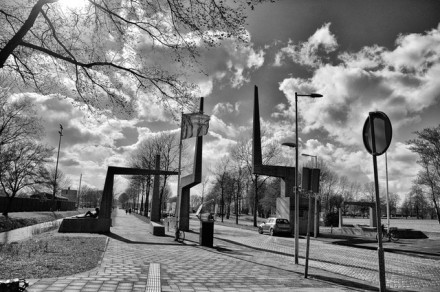
Image
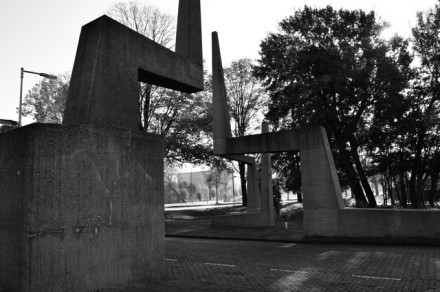
![1958 Nébulose Mécanique [VI]-scan catalog Constant * Amsterdam, 1961](/sites/default/files/styles/related/public/2024-11/1958%20Ne%CC%81bulose%20Me%CC%81canique%20%5BVI%5D-scan%20catalog%20Constant%20%2A%20Amsterdam%2C%201961.jpeg?h=3c24f909&itok=ZCQrDSHg)
